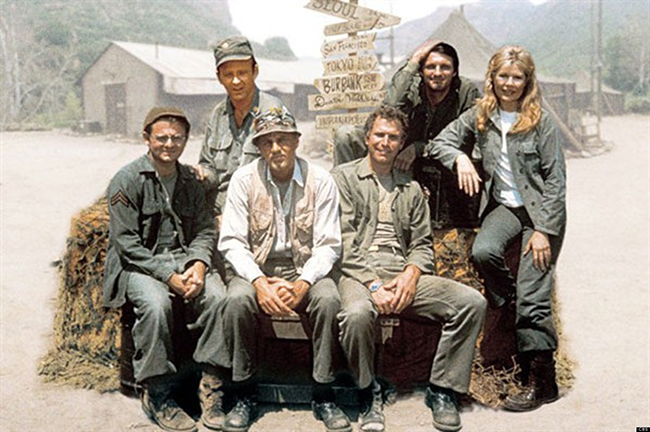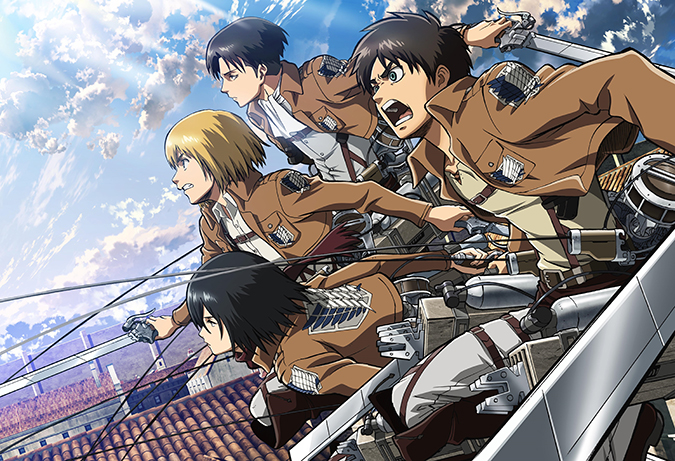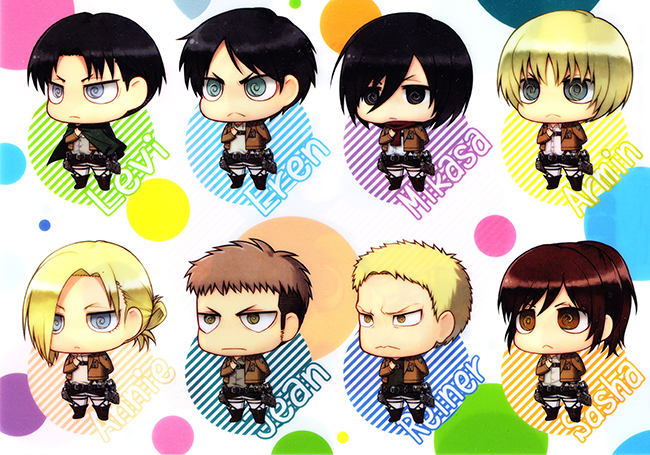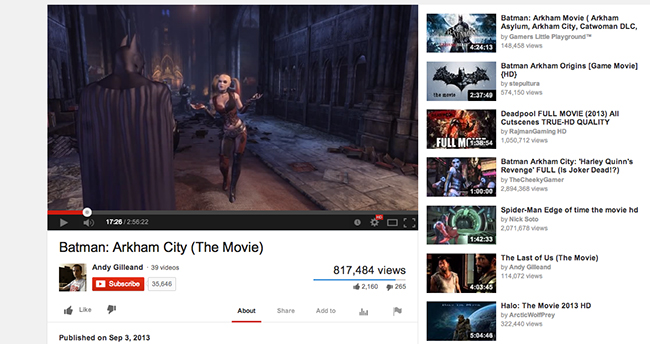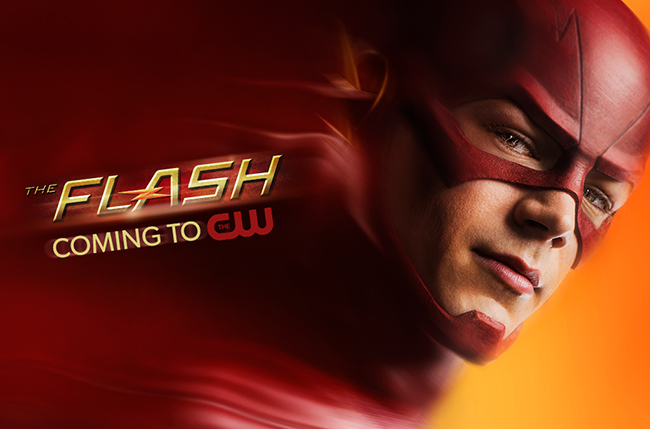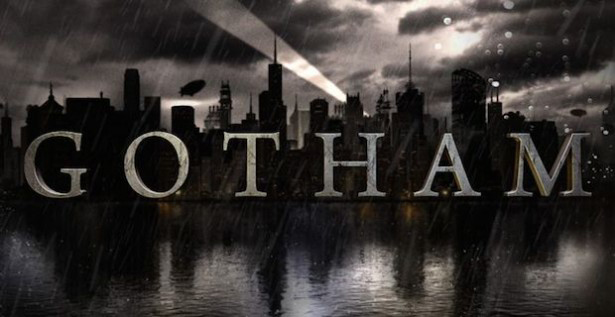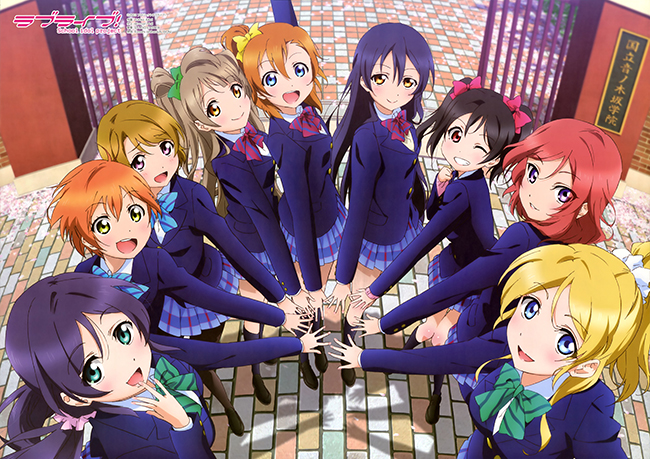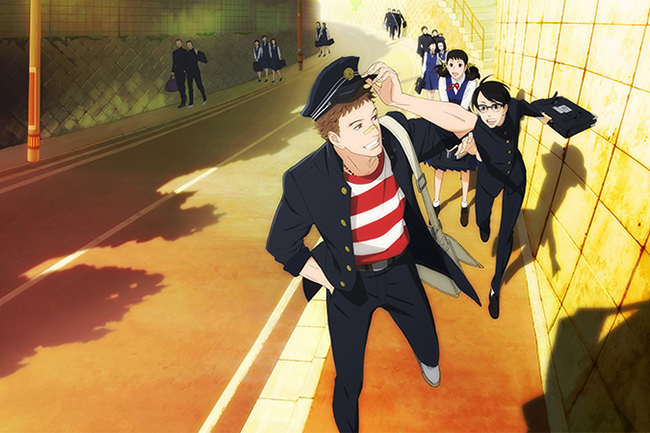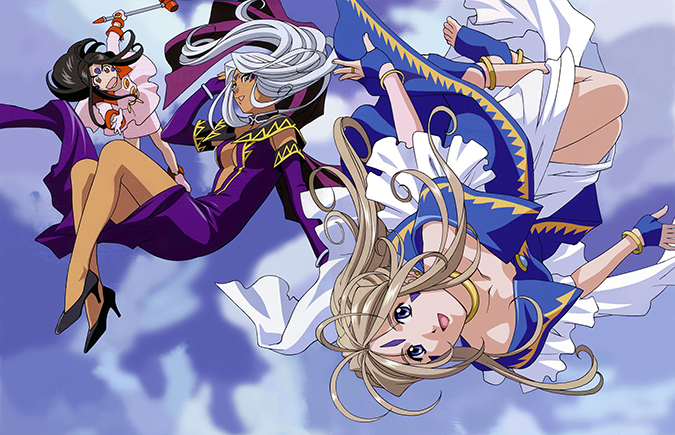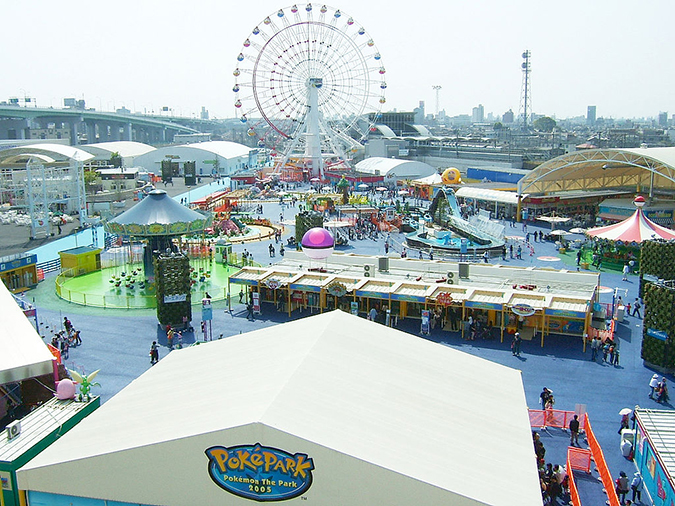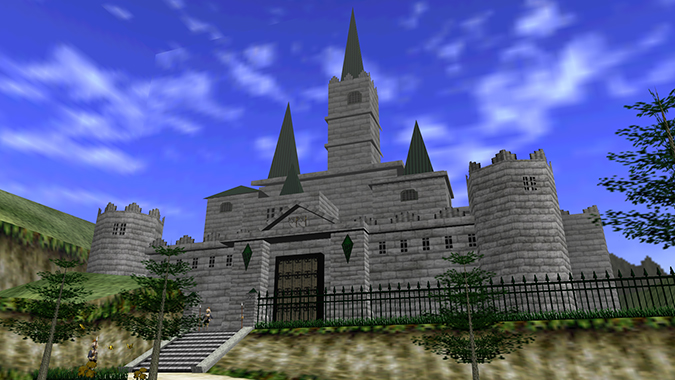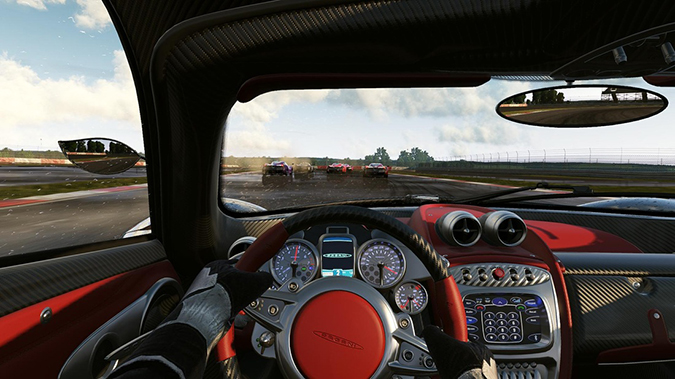Welcome to another edition of Channel Chaser! I’m going to take a detour from my usual fare of sci-fi and fantasy-based TV shows today to take you on a trip down memory lane…well, maybe for some of you. Most of you probably weren’t born yet. In any case, I’d like to talk about an old-school sitcom, and one of my favorite shows of all time: the medical war dramedy MASH.
MASH takes place on the front lines of the Korean War in the early 1950s, in the 4077th Mobile Army Surgical Hospital unit. Unlike many war shows, MASH may deal extensively with war and its effects on people, but does not focus on actual soldiers. Instead, most of the crew at the 4077th are doctors and nurses, with no experience in combat, whose job it is to patch up wounded GIs flown and driven in from the battlegrounds.
Even for the first-time viewer, it is obvious that MASH comes from an anti-war frame of mind and that its humor is primarily derived from satirizing the futility of conflict and the idiosyncrasies of army life. What might not be so clear is that the show is not actually meant to be about Korea. MASH was actually filmed in the 1970s and 80s, following the movie of the same name, and uses the Korean War as a frame to subtlety discuss the issues of the Vietnam War, which was ongoing at that time. This is a subtle historical detail that people who watched the show when it was current understood, but viewers today might not pick up on.
MASH is, first and foremost, a show about the characters involved, and with 11 seasons under its belt it still remains one of the longest-running and most successful shows of all time. The span did make it difficult to maintain actors, however, with several key characters leaving the show and being replaced by new cast members over its run. While this does accurately reflect army life and the transitory nature of wartime, it does sometimes break your heart to see your favorite character say their goodbyes.
MASH’s main character is undoubtedly Captain Benjamin Franklin “Hawkeye” Pierce, played brilliantly by TV legend Alan Alda. A skilled surgeon, Hawkeye is a good man and is well known for kindness and morality, as well as his flagrant defiance of army regulations and penchant for practical jokes. Humor, while often inappropriate and poorly timed, is Hawkeye’s only defense against the horrors he witnesses daily.
In his drab and dirty tent, appropriately dubbed “The Swamp,” Hawkeye is joined by a couple close confidants who share his dislike of war and fondness for jokes. First is fellow captain “Trapper” John McIntyre, whose character is almost exactly like Hawkeye in every way other than being a bit more physically inclined. Trapper left the show quite early in its running, and Hawkeye gained a new best friend in Captain BJ Hunnicut. While BJ was just a good to Hawkeye as Trapper, his character was radically different; he was much more quiet, calm and reserved than the frequently loud-mouthed and rambunctious Hawkeye, and often acted as a voice of reason when Hawkeye flew off the handle or got carried away.
Antagonism in MASH is provided by an assortment of army brass who come into conflict with Hawkeye and company over their views on the war, along with recurring characters such as Colonel Sam Flagg, a paranoid and delusional CIA agent. Hawkeye’s immediate superior and roommate Major Frank Burns provides more regular villainy. While on the surface Burns is all bluster, authority and patriotism, not to mention a rabid and highly prejudiced war-hawk, he is shown to be an incompetent doctor and a deeply insecure man who is frequently the butt of Hawkeye’s humor.
Burns eventually leaves the show to be replaced by another major, Charles Emerson Winchester. Unlike the country hick Burns, Winchester is a wealthy and cultured gentleman who looks down on everyone around him as peasants with an incredible arrogance that infuriates Hawkeye. Despite this, Winchester is shown to be a superior surgeon just as skilled, if not more so, than Hawkeye and friends, giving his attitude some basis in reality.
Other quirky characters in the 4077th include a chain of commanders, first the folksy, timid and long-suffering Henry Blake, and later the hard-nosed but good-hearted Sherman Potter, company clerk and naïve farm boy Walter “Radar” O’Reilly, cheerful and optimistic chaplain Father Mulcahey, and cross-dressing corpsman Max Klinger who wants nothing more than a psycho discharge.
In all honesty, women are kind of underrepresented in MASH, with the only regular female character other than a random and shifting group of nurses being Major Margaret Houlihan. Initially the not-so-secret lover of Frank Burns, “Hot Lips” Houlihan is an inflexible army brat that shares many of Burns’s less than desirable traits and despises Hawkeye and company. She eventually pulls away from him, however, and establishes more of her own identity, coming to respect Hawkeye’s surgical skills and even calling him a friend. This probably makes Margaret the most dynamic character on the show, since none of the others change a whole lot. Then again, if they did, the humor they provide would probably be lost as well.
Even after almost 30 years, I find that MASH’s comedy has lost none of its potency, both as social satire and pure laughs. The combination of puns, practical jokes and ludicrous situations present in the show still leaves me rolling on the floor. Unfortunately, MASH eventually pulls away from humor and concentrates mostly on more serious human drama in the final seasons. While I can appreciate the change of pace, without comedic elements the magic just wasn’t there for me anymore. Also, you’d be surprised how much a laugh track helps with making things sound funnier.
My rating: 4.5/5
Even though MASH’s charm eventually dries up to make room for more tear-jerking and emotional commentary on war, it’s still one hell of a show. I would pretty much drop anything I am doing to watch this anytime, anywhere, and coming from me, that’s really saying something. In fact, I think it might be time for me to watch it all again. Seasons one through five are pure TV gold, with six and seven being close runners-up. I dare you to watch it and not fall in love.
Channel Chaser is written by Kyle Robertson. You can check out more of his work on his website. Check back every Friday for new articles.
